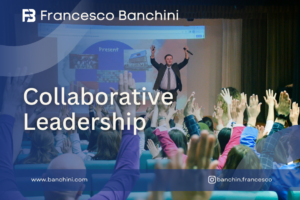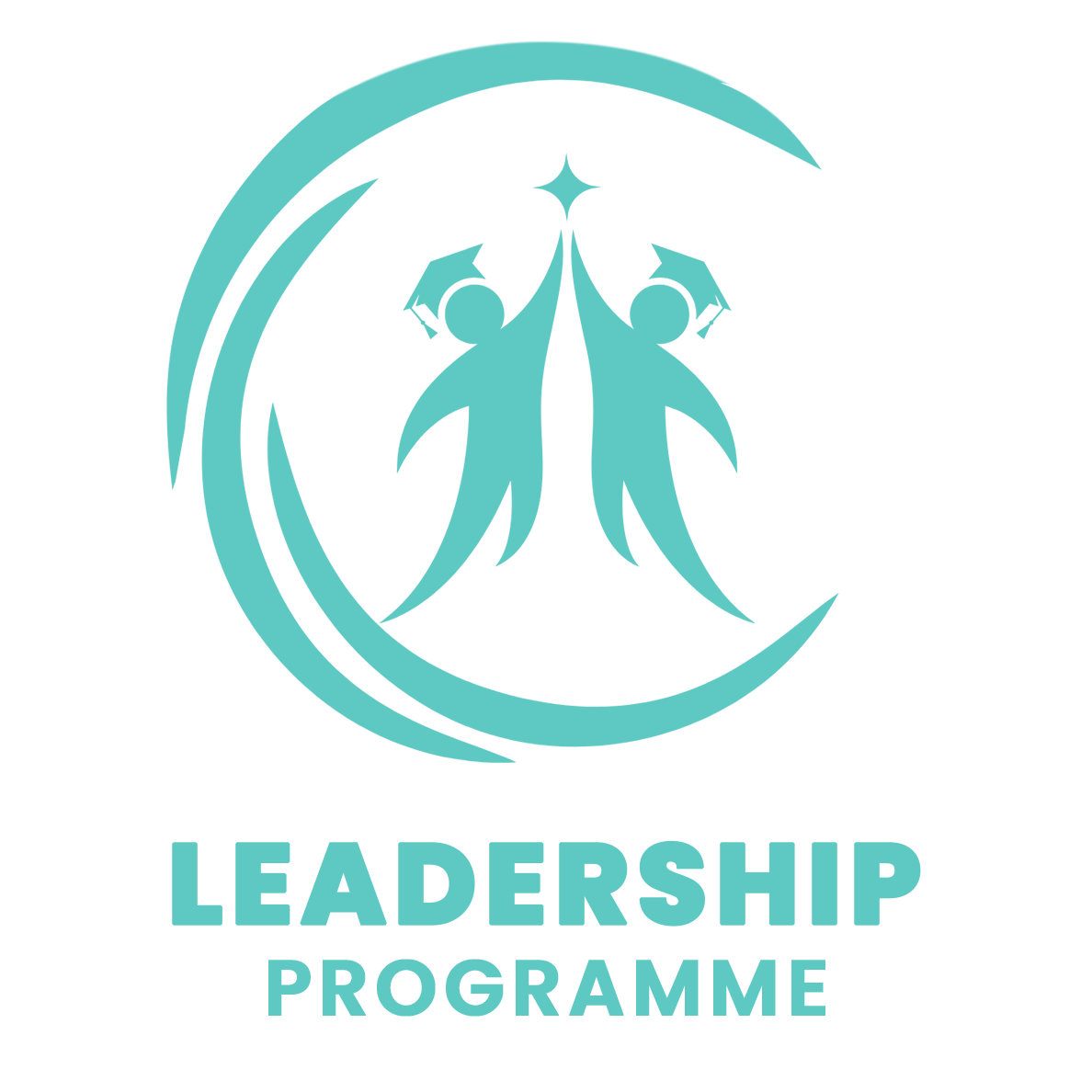Creativity and Leadership
An organization entails different departments whose success is dependent on the coordination of the different sectors. These departments have varying expectations regarding technical fulfillment and responsibilities (Geschwill and Nieswandt, 2020). For instance, Apple Inc. is one of the authoritative companies in the electronics field. Some of the departments in the company include; finance, research and development, marketing and sales, and customer care.
The various sectors have different tasks but merge to warrant the attainment of the organization objectives. Harmonization of the various functions of the company necessitates the provision of appropriate direction. Therefore, leadership is essential in the provision of the order to ensure compliance and delivery of the varying department (Puccio et al., 2020). This task requires experience and knowledge in the harmonization of the varying duties and responsibilities of the different department. Additionally, it necessitates the comprehension of communication and people skills that will enhance coordination. Nonetheless, the probability of conflict is high due to the varying expectations and diversity of the staff. Therefore, harmonization of the latter dictates the appointment of a qualified person in the leadership position that will ensure the organization operates seamlessly with minimal conflicts. Further, the human resource is bound to lose track and morale, especially when they operate for a prolonged period (Guo, Gonzales and Dilley, 2016). As a result, the management has the responsibility of motivating their staff to ensure they produce optimally regarding the goals and objectives of the organization.
Leadership is instrumental for the development and prosperity of an organization. Leaders provide direction that facilitates order and ensure progress in a company. Nonetheless, there are various leadership models available today. The diversity stems from both extensive research, failure of previous frameworks, and changes in demand. Fulfilment of the mandate of leadership necessitates both flexibility and creativity to ensure success. Management is certain to face uncertain issues that need readjustment and creativity to warrant the maintenance of anticipated productivity.
Uncertainty in organizations
Market and economics are subject to dynamism that affects their functionality. These unanticipated conditions necessitate changes in operations. Failure to adjust according to the changes in environment can lead to decline in the organization’s output. Therefore, it is essential to align the company to ensure they thrive amidst the challenges and uncertainties that occur. Some of the dynamics that affect the functionality of businesses include inflation, political changes, and climatic factors. The factors lead to the development of varying challenges to an organization. Management has the responsibility of applying their skills an intuition to ensure that the company navigates through the challenges. Inflation is an aspect of economic performance of a country (Haizar, Kee, Chong, and Chong, 2020). Thus, it is an external factor that regardless of the company’s activities, it is sure to occur. Similarly, changes in national and regional regulations are beyond the management and the control of an organization. Politics influence the performance of businesses in different ways. There are varying motivations that influence the change in the political environment. Besides, the motivations that lead to the changes in the political environment, companies have to adjust to ensure their survival. It is difficult for organizations to influence change in the operations of a country regarding the political changes. Therefore, they have a responsibility of abiding to the stipulated changes least they will become irrelevant in the region. Consequently, they might lose their relevance to their prospective market and experience conflicts with the governing bodies (Guo, Gonzales and Dilley, 2016). Further, environmental and climatic factors might affect the operations of an organization, and develop an alternative way that will ensure the employees continue to fulfill their responsibilities.
Role of creativity
A majority of the problems facing organizations necessitate the application of creative and innovative approaches to overcome the emerging issues. The previous section illustrated the inevitability of conflicts in organization (Haizar, Kee, Chong, and Chong, 2020). A majority of companies have measures and polices that are designed to deal with conflicts emerging within their operations spheres. However, there are instances, where the prevailing measures seem unsuitable to manage the occurring problems. Therefore, under such circumstances, it is essential for the management to device alternative strategies that will solve the problem. The management of the latter is dependent on the creativity and innovative capacity of the company’s leadership. Regarding the economic turmoil that organization that might face, the company’s productivity is likely to suffer. Often, companies sough to conventional means of dealing with economic challenges that include downsizing and the reduction in wages (Puccio et al., 2020). In the presence of an active and creative leadership, the management might sough to different means of mitigation that will ensure employee security and boost production. Some of the avenues of ensuring the relevance of the latter are the dipping on the creative nature of the personnel and warranting their capacity to perform. Job security is essential to the motivation of employees regardless of the changes in the economic situation. Subsequently, they will feel part of the company and continue with their respective duties.
Relationship between creativity and success
The significance of creativity is illustrated in the emergence of disruptive technologies. Human civilization is continuous including business operations. The modern world posits technologies that seemed unattainable in the past decade. Appropriate leadership ensures that the dominant companies capitalize on their research and development companies that will ensure they are on the forefront of the emerging technologies (Bennett, Efthimiou, and Allison, 2020). For instance, Samsung, Apple, Marriot, and the Volkswagen group are some of the companies that have managed to remain relevant throughout decades. Nonetheless, some of their competitors have become irrelevant because of their failure to appeal to their respective consumer populations. However, the dominant companies remained relevant and continued to attract prospective consumer through their capacity to anticipate the changes in their field. Additionally, Facebook is one of the influential social websites in the modern world. The relevance of the company stemmed from its capacity to realize competition and emerging technology thus ensuring they retain their market share. For instance, the acquisition of Whatsapp is one of the strategies that Facebook leadership employed to retain their relevance in the social websites field. Reluctance of management to develop alternative strategies that would maintain their dominance is likely to plummet to the depth of the other organizations that are irrelevant. Therefore, there is a direct relationship between creativity and success in companies. Innovation and creativity enhances the chances of the companies of coming up with ways of dealing with their challenges that would retain their relevance (Haizar, Kee, Chong, and Chong, 2020). The essence of innovation stems from the prioritization of companies that recognize the value of creativity. Therefore, the appropriate allocation of the company’s resources would dictate their performances.
Attainment of balance and the consideration of the divergent and convergent thinking
There are different types of thinking regarding creativity in the management and leadership field. Samsung spent at least, 17 billion US dollars in 2019 on research and development. Similarly, Volkswagen Group spent, at least, 13 billion US dollars in the same year on R&D; this amounted to 6% of the company’s expenditure (Bennett, Efthimiou, and Allison, 2020). On the other hand, Google Glass that was a product of the investment of the company on its research and development was a flop. Regardless of the intuitive nature of the invention, the product failed due to a variety of issues including failure of association of the prospective market, loss of relevance, and its low battery span. Besides the revolutionary nature of the innovation, it failed to reach the bubble established because of its hype. Consequently, Google halted the production of the product. Google Glass failed to reach its optimum due to the failure in the attainment of balance in the various aspects of technological development. The company did not consider the consequences of the low battery life and the changing demand of the population (Geschwill and Nieswandt, 2020). As a result, the product lost its significance. Therefore, it is essential to attain a balance between the demands of research development and the operation of an organization. Overemphasis on a single aspect of the innovative capabilities of a company would affect their capacity to attain a balance that will warrant the attainment of the benefits of technology while ensuring its relevance in the other sectors.
However, there are different modes of thinking regarding creativity. While some organizations adopt divergent thinking, others sought to utilize convergent thinking. The decision of companies is based on their priorities and visions. Nonetheless, there are instances where there is a mismatch leading to a conflict and a decline in performance. Samsung is among the organizations that utilize divergent thinking on its production trail. Their competition with Apple has facilitated the increase in the pace of unveiling models (Guo, Gonzales and Dilley, 2016). Koh Dong-Jin reiterated the essence of staying ahead of the competition to attain a competitive advantage. This is the divergent mentality that the organization employees to ensure it beat their competition. However, different companies, including Apple seek to utilize convergent thinking that focuses on the development of an ideal concept and idea from their prevailing and dominant products (Bennett, Efthimiou, and Allison, 2020). The company eliminated jack ports on their iPhone 11 models to ensure their iPods remain relevant in the electronics market.
A majority of the decisions that companies make are meant to align their vision, objectives, and performance with reality. Creativity provides the leadership of these companies with an opportunity to align their resources with potential to warrant ensure growth. Further, innovation promotes the capacity of organizations to utilize the prevailing technologies to avail the consumer population with products that will meet their needs. the direct relationship between organizations’ creativity and success implores their leadership to devise innovative strategies that would retain their relevance in their respective fields.
References list
- Bennett, D., Efthimiou, O. and Allison, S.T., 2020. The role of heroic creativity and leadership in creative work. In Handbook on the Geographies of Creativity. Edward Elgar Publishing.
- Geschwill, R. and Nieswandt, M., 2020. Creative Destruction—The Digital Revolution and Its Consequences. In Lateral Management (pp. 1-26). Springer, Cham.
- Guo, J., Gonzales, R. and Dilley, A.E., 2016. Creativity and leadership in organizations: A literature review. Creativity. Theories–Research-Applications, 3(1), pp.127-151.
- Haizar, N.F.B.M., Kee, D.M.H., Chong, L.M. and Chong, J.H., 2020. The Impact of Innovation Strategy on Organizational Success: A Study of Samsung. Asia Pacific Journal of Management and Education, 3(2), pp.93-104.
- Puccio, G.J., Burnett, C., Acar, S., Yudess, J.A., Holinger, M. and Cabra, J.F., 2020. Creative problem solving in small groups: the effects of creativity training on idea generation, solution creativity, and leadership effectiveness. The Journal of Creative Behavior, 54(2), pp.453-471.
Tag:creativity, education, leadership





